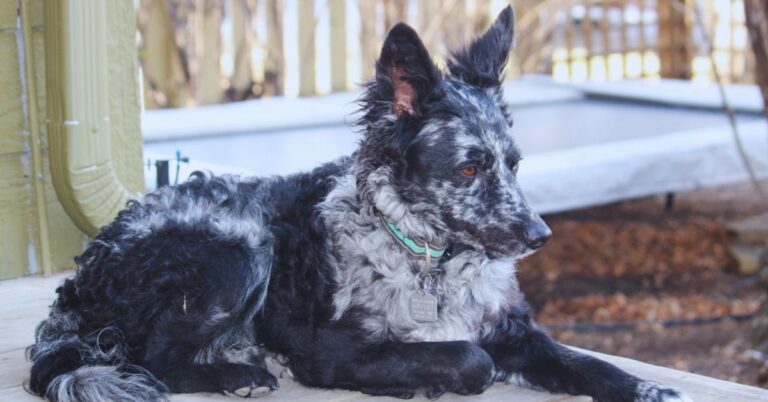10 Defining Traits Of The Beloved Karst Shepherd
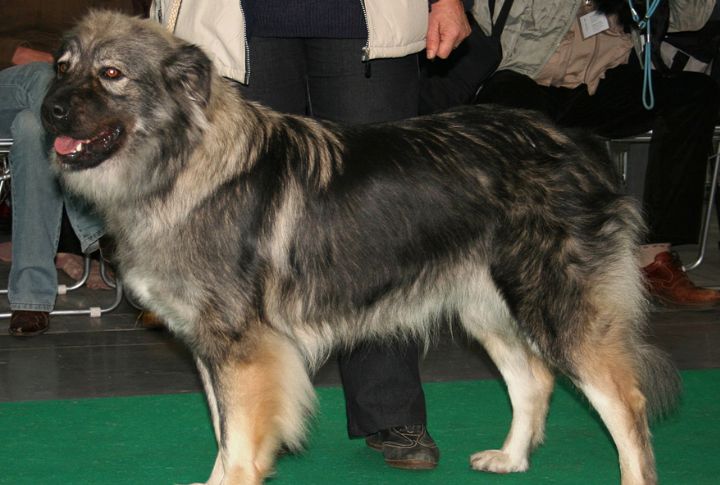
Looking for a dog with grit, purpose, and character? The Karst Shepherd delivers all three. It’s a breed shaped not in show rings or city streets, but in rugged terrain and real-world challenges. Understanding this dog takes more than a glance—so, let’s start by learning these ten defining traits.
Strong Territorial Drive And Protective Focus

Centuries of working in isolated Slovenian pastures shaped the Karst Shepherd’s deep territorial instincts. This dog excels at securing perimeters and keeping a close watch over its domain. Rather than reacting unthinkingly or barking for the sake of it, the dog responds purposefully, making it a serious deterrent to intruders.
Reserved But Deeply Loyal
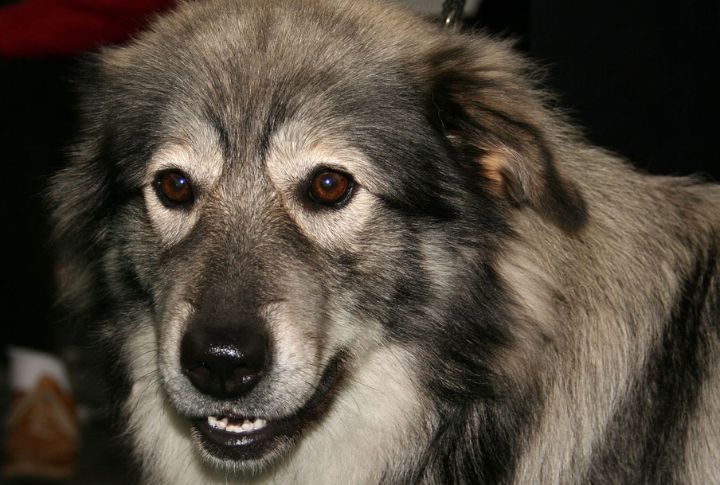
This breed doesn’t dole out affection freely but becomes deeply attached to its family over time. It prefers proximity over clinginess, quietly observing and protecting. Strangers are met with suspicion, not aggression, and trust must be earned. In rural Slovenian homes, they’re known to shadow family members silently, even through dense mountain terrain.
Thick Double Coat For Harsh Conditions
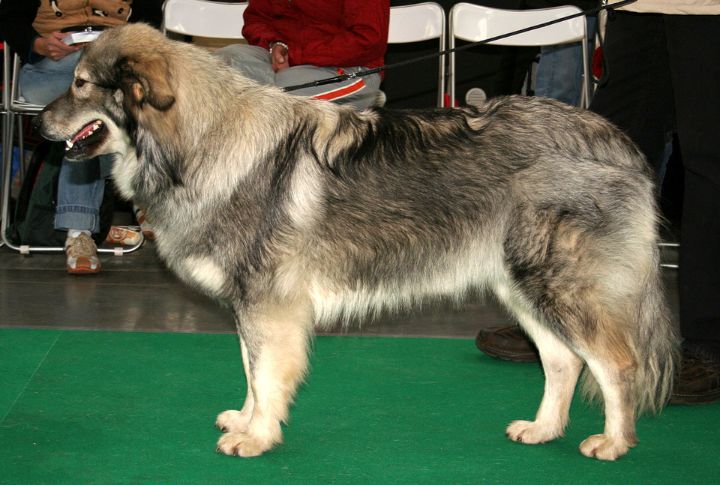
Shaped by nature for alpine weather, the Karst Shepherd’s dense coat resists snow, rain, and freezing winds. The outer layer repels moisture while the soft undercoat insulates. Seasonal shedding is intense, especially in spring. Its coat color—iron gray with darker shading—is a signature trait recognized by breed standards.
Moderate Energy, High Stamina

Though not hyperactive, the Karst Shepherd requires regular exercise and mental stimulation. Long hikes or open fields suit the dog best. Its stamina is well-documented: some individuals in Slovenia still accompany shepherds across high-altitude pastures for hours daily. However, the absence of activities can lead to restlessness and behavioral issues.
Calm Observer With Measured Reactions
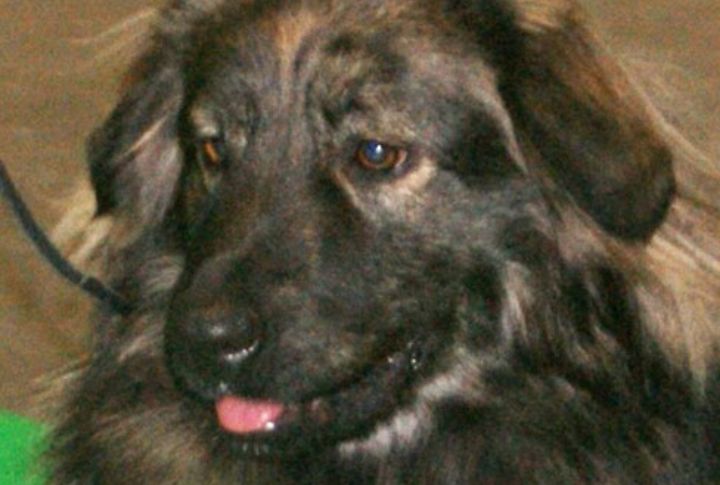
The Karst Shepherd isn’t quick to react—it watches, evaluates, and only then engages. This breed’s hallmark is its composed, analytical nature. Sometimes, it doesn’t default to fear or aggression but relies on its sharp instincts to distinguish threat from normalcy. This reserved confidence allows it to maintain control where more reactive breeds might escalate.
Rare Outside Slovenia
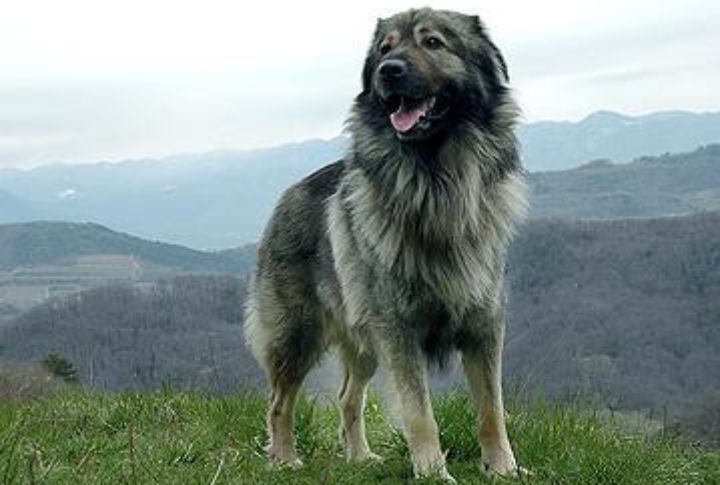
You won’t commonly find a Karst Shepherd in dog parks outside Central Europe. This is Slovenia’s only recognized native breed, and its global population remains limited, with registrations concentrated in Central Europe. The Federation Cynologique Internationale officially recognized it in 1968, but strict breeding controls help preserve its original working traits.
Naturally Attuned Livestock Partner
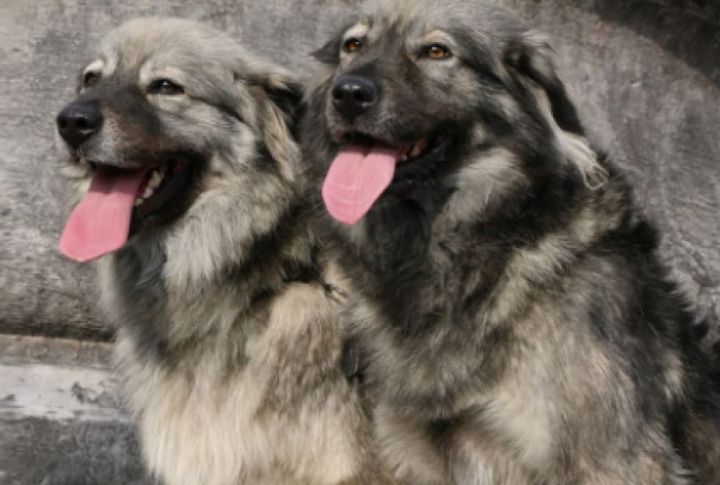
Beyond protection, the Karst Shepherd demonstrates a subtle intelligence when working alongside livestock. It doesn’t just stand guard—it maintains flock order and positions itself where it can intervene if needed. This cooperative instinct, honed through generations of real-world utility, makes it a valuable asset in traditional herding environments.
Needs A Confident Owner
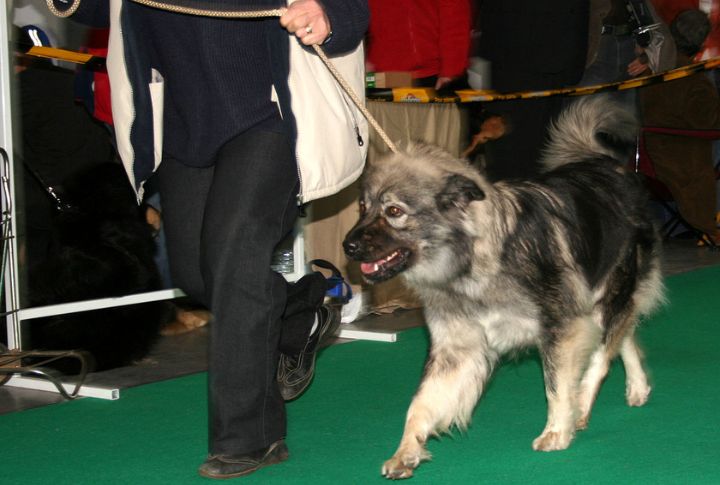
Karst Shepherds don’t respond well to passive leadership. Their independent nature demands an owner who can provide structure, boundaries, and consistent direction. Without that, they may attempt to make their own decisions, often to the owner’s dismay. Inexperienced handlers often struggle with this breed’s dominant tendencies.
Moderate Appetite, High-Quality Diet Needed

Karst Shepherds don’t overeat, but they require a nutrient-dense diet to support their muscular build and active lifestyle. Protein-rich food with joint-supporting ingredients like glucosamine is ideal, especially for working dogs. Overfeeding can lead to joint stress, particularly in urban environments where exercise is limited compared to Slovenia’s mountainous terrain.
Long Lifespan For A Large Breed
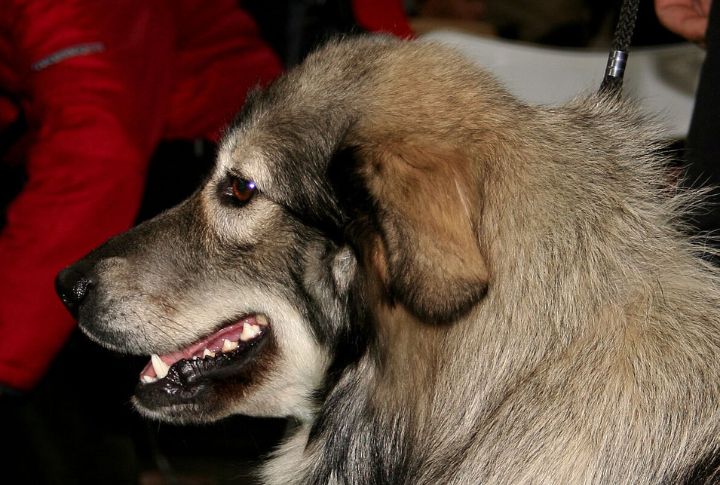
Despite weighing up to 90 pounds, Karst Shepherds often live 10 to 12 years. Their hardy genetics stem from centuries of natural and selective breeding in harsh mountain environments. Like many large breeds, Karsts can be prone to hip dysplasia, though reputable breeders still perform orthopedic screenings to minimize risk.





